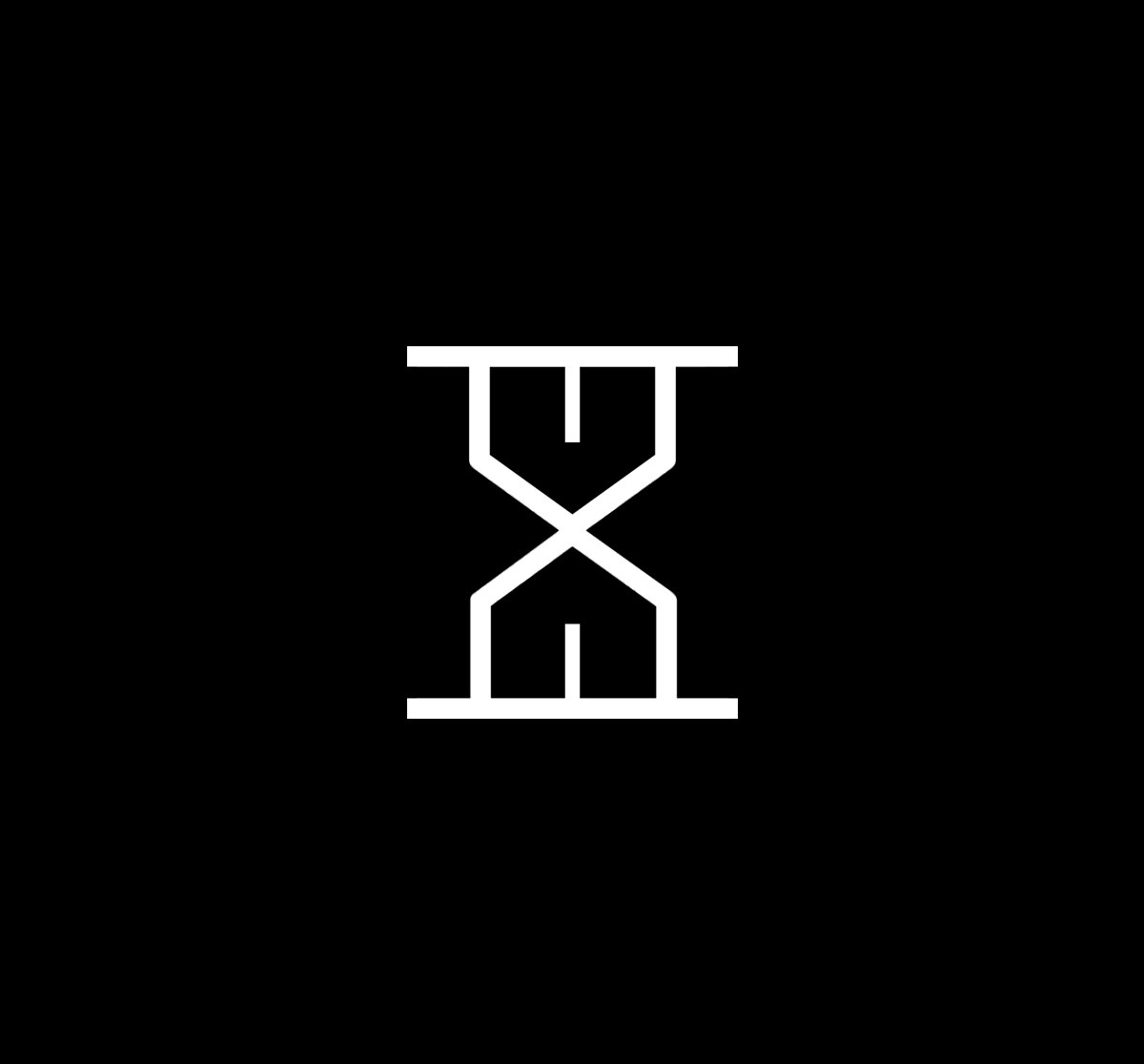Mankind’s first timekeepers
Nature’s Clocks
The search for perfect timekeeping is one of the most inspiring stories of man’s brilliance of mind and skill of hand. No one is sure how long ago people started keeping track of time- But when they did, people did not use clocks that precisely told them the hours, minutes, and seconds in a day. The clocks of our day were invented only about seven hundred years ago.
Let us explore how peoples in the past used nature to tell time:
Sundials
The ancient Sumerians, who lived more than 5,000 years ago in the area where Iraq is located today, are believed to have been the first people to try measuring the passing day by using shadows. The Sumerians had a calendar with seven-day weeks, with each day divided into twelve equal parts. Each of these twelve parts lasted about two of our hours today. However, the exact length of these Sumerian hours varied with the seasons. Sumerian hours were shorter during the winter when there was less sunlight and longer in the summer when there was more sunlight. By dividing the day into twelve parts, the Sumerians were able to keep track of the passage of time. But they could not pinpoint specific times of day.
Water Clocks
The early Egyptians were probably the first to build water clocks. However, they still relied on the sundial and only used a basic form of a water clock. The Greek water clock, called a clepsydra, which means “water thief” in Greek, was often a complex instrument. It consisted of a bowl with a small hole placed inside a large bucket of water. When the bowl filled with water, it sank, indicating that a certain amount of time had passed.
In both Greece and Rome, water clocks were used to measure how long lawyers spoke in court. When the bowl sank, the speaker’s time was up. Usually, an officer of the court was responsible for making sure that the water in the bucket stayed at a constant level. The court officer also had to watch for pebbles or gravel that might clog the bowl’s opening, slowing the water’s flow and increasing the time allotted for speaking.
Fire
According to legend, the first person who used fire to tell time was King Alfred the Great, who ruled Wesex in England in the ninth century. For many years, King Alfred and his people fought with the Danes who inhabited Denmark. During one difficult battle, he vowed that he would worship, pray and serve God for eight hours daily if his troops won. His troops won and King Alfred honoured his promise. He ordered foot-long candles to be made and he worshipped God daily until two of the candles had burned, which indicated that a period lasting about eight hours had passed.
The Chinese also developed an alarm clock that used fire. The clock consisted of two copper balls that hung by a thread from a horizontal rod. The rod was covered with sticky tar and sawdust. The Chinese lit the tar and sawdust on one end of the rod. When the flame reached the thread, it also burned. when enough of the thread burned away, the balls dropped onto a plate or bowl and the clanging noise woke up anyone sleeping nearby.
Sand
A sandglass, or hourglass, had two large glass bubbles connected at the center by a narrow glass tube. Wood or other materials were attached to the end of one bubble to close it off. sand was then carefully measured into the other bubble. Then, it too, was covered with a piece of wood so that the sand could not escape. When the sandglass was turned on one end, the sand slowly slid into the bottom bubble.
Originally, sandglasses were used to measure period that were longer than a few minutes but much less than twelve or twenty-four hours. like the Roman water clocks, the sandglasses were used to time speeches and sermons. They were also used on ships to time watch duty, which usually lasted about four hours.
The sandglass was the first attempt to build a clock that did not depend on the weather to operate. Gradually, such clocks were developed by horologists, people who studied the science of measuring time. It was to take the next five hundred years before improved clocks could mechanically mark time according to the passage of precisely measured hours and minutes in a day.
A Clepsydra (Water Clock): It was thought to have been created in the second century B.C. by an inventor by the name of Ctesibius of Alexandria
Source: ‘Clocks: Chronicling Time’ by A.J Brackin


